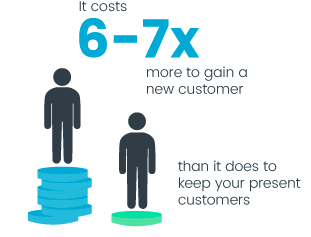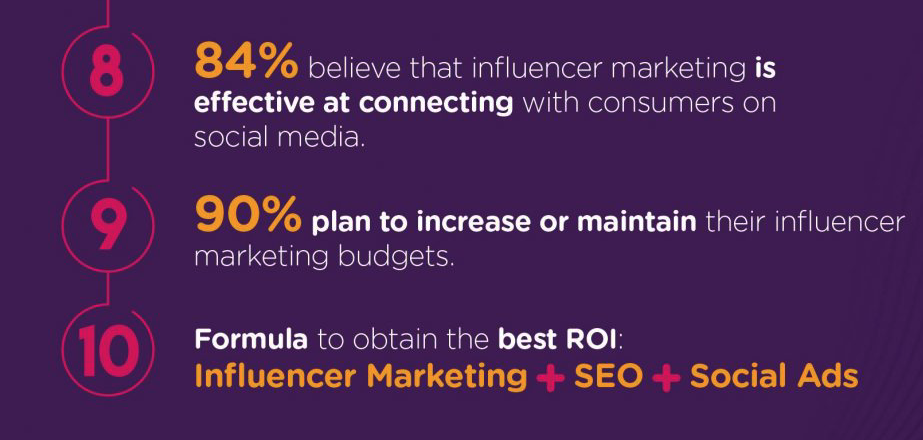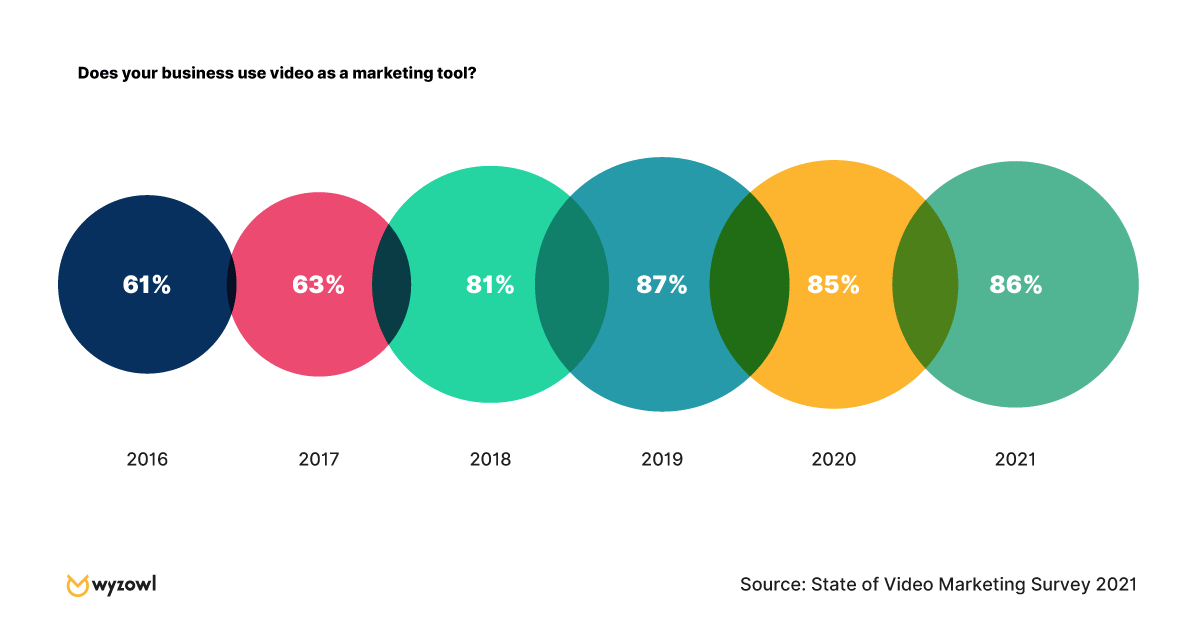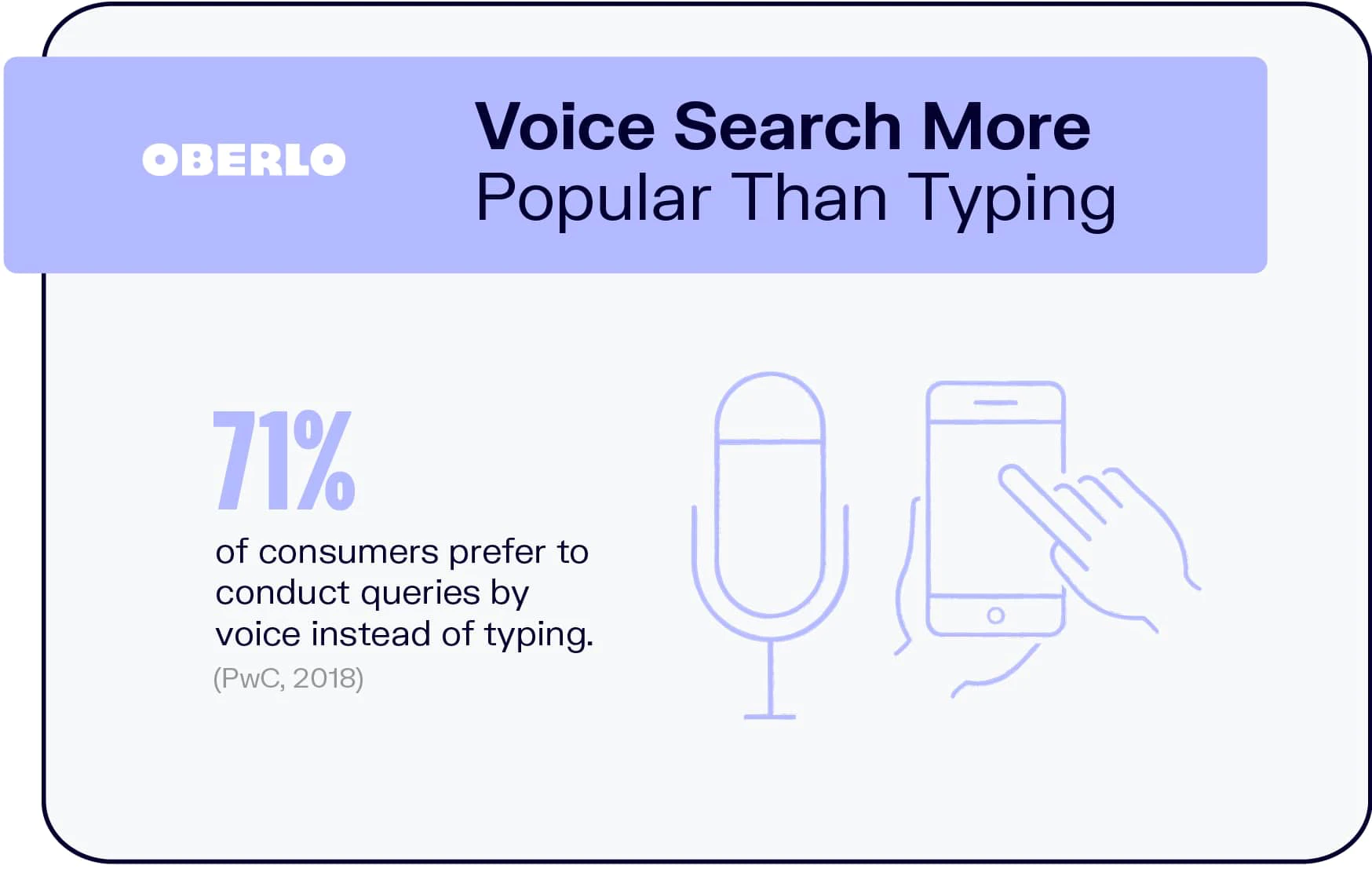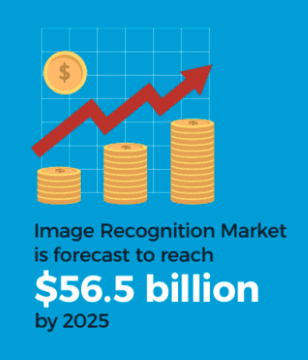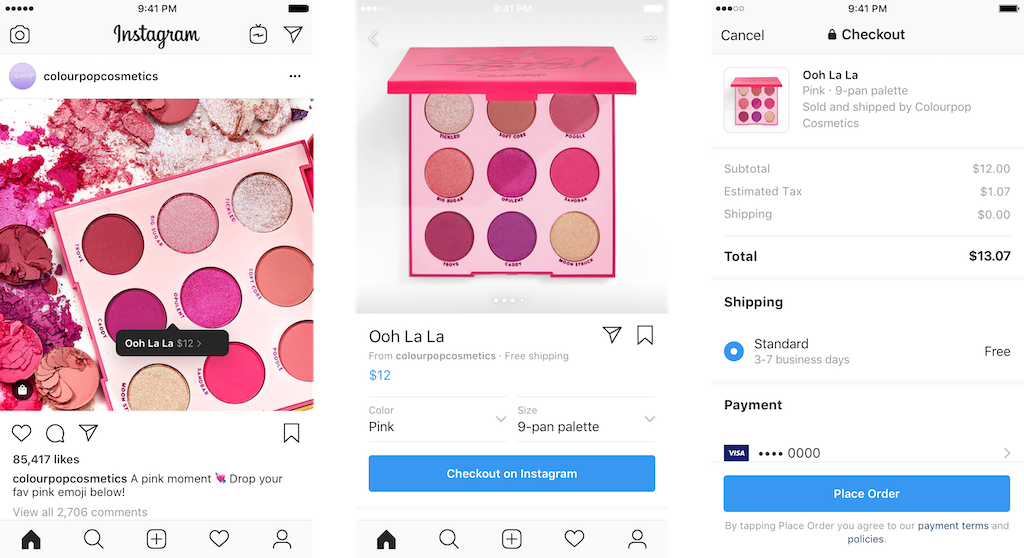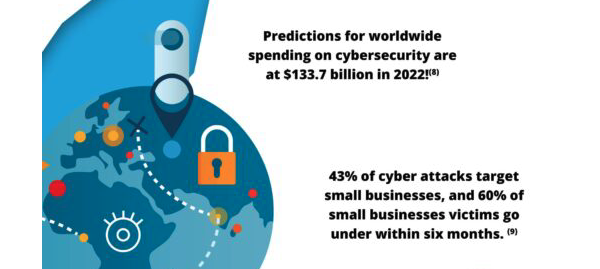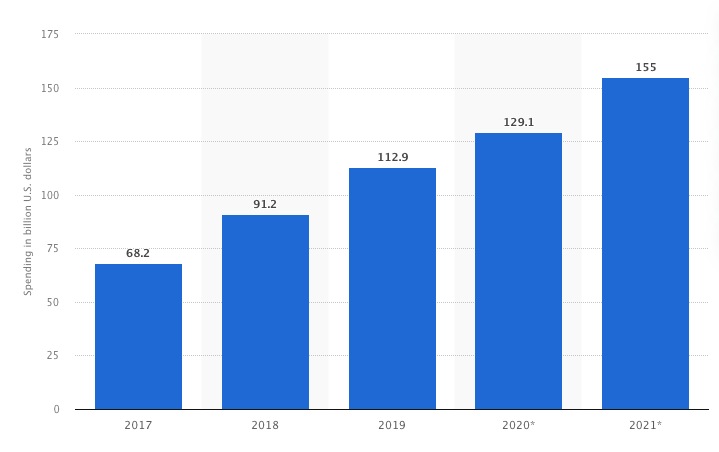9. Personalization
A good way to alienate customers is with something that feels generic and impersonal. It makes them feel like they’re little more than a number on a spreadsheet, and that you’re not as interested in their business as you say.
Today’s customers have high expectations of the marketing materials they’re exposed to. 80% of customers are more likely to do business with a company offering personalized experiences. This personalization can take a number of different shapes.
A familiar example is streaming services such as Netflix. These services recommend different movies and TV shows to users based on their viewing history. Other businesses like Easyjet take a similar approach; by drawing on their customers’ travel history, they can send unique emails with further travel recommendations.
Personalization is one of the most flexible and lucrative digital marketing trends. There are many ways to approach the concept, including dynamic website personalization. This involves tailoring websites to meet a customer’s behaviours and demographics, and helps you better meet their unique requirements.
Another solid strategy is email marketing. Since nurturing partner leads with email marketing is a great idea on its own, it’s worth pushing email marketing to its maximum potential.
By asking simple questions of customers visiting your website, you can send them emails more closely tailored to their requirements. You can also create customer personas based on the actions each customer takes.
The time you send an email can also affect how a customer receives it. One customer may prefer evening emails, while another may be a morning person. If you have international customers, tailoring email delivery times can be especially impactful. You can use data like past open history to guide your decisions.
Personalized video content is another great strategy. There are a few different approaches to be taken with these. You can invite initial discussions, with the aim of making a sale in the near future. You can also highlight products on an ecommerce website, depending on if a visitor is a new or returning customer.
You can use personalized video content on social media to great effect, and take a few different approaches to creating it (simple animation and elaborate live action are both legitimate choices). However you approach personalization, though, the key is being accurate with personal details. Missing the mark on this will diminish your efforts elsewhere.
10. AI Automation
This is the process of taking some manual work out of common digital tasks. We’ve already touched upon it with programmatic advertising, but combining marketing automation and artificial intelligence (particularly machine learning) has many other applications. For instance, Affise is one company that offers a range of automation possibilities for performance marketing.
One area in which AI automation can make a big difference is in cost-per-click advertising. Smart Bidding—a service offered by Google—puts this into practice.
There are several benefits to the service. It offers more accurate predictions about the impact of bid amounts on conversions, factors many different identifiable attributes into your bids, customizes targets and settings to specific goals, and easily troubleshoots problems with its reporting tools.
Elsewhere, companies like Facebook are using AI for audience segmentation. It uses customer data to find common traits between people, before targeting people with adverts more accurately.
However, when it comes to AI automation these kinds of things are just the tip of the iceberg. There are many different uses for the technology going forward, many of which improve customer experience with your services.
You may also improve customer experience by better understanding user behavior, which AI can facilitate. It allows you to reduce cart abandonment, suggest content to visitors automatically, and measure the performance of your marketing campaigns. You can even use AI to find leads with greater ease, whether you generate them from “thank you” pages or identify potential ones based on user behavior.











